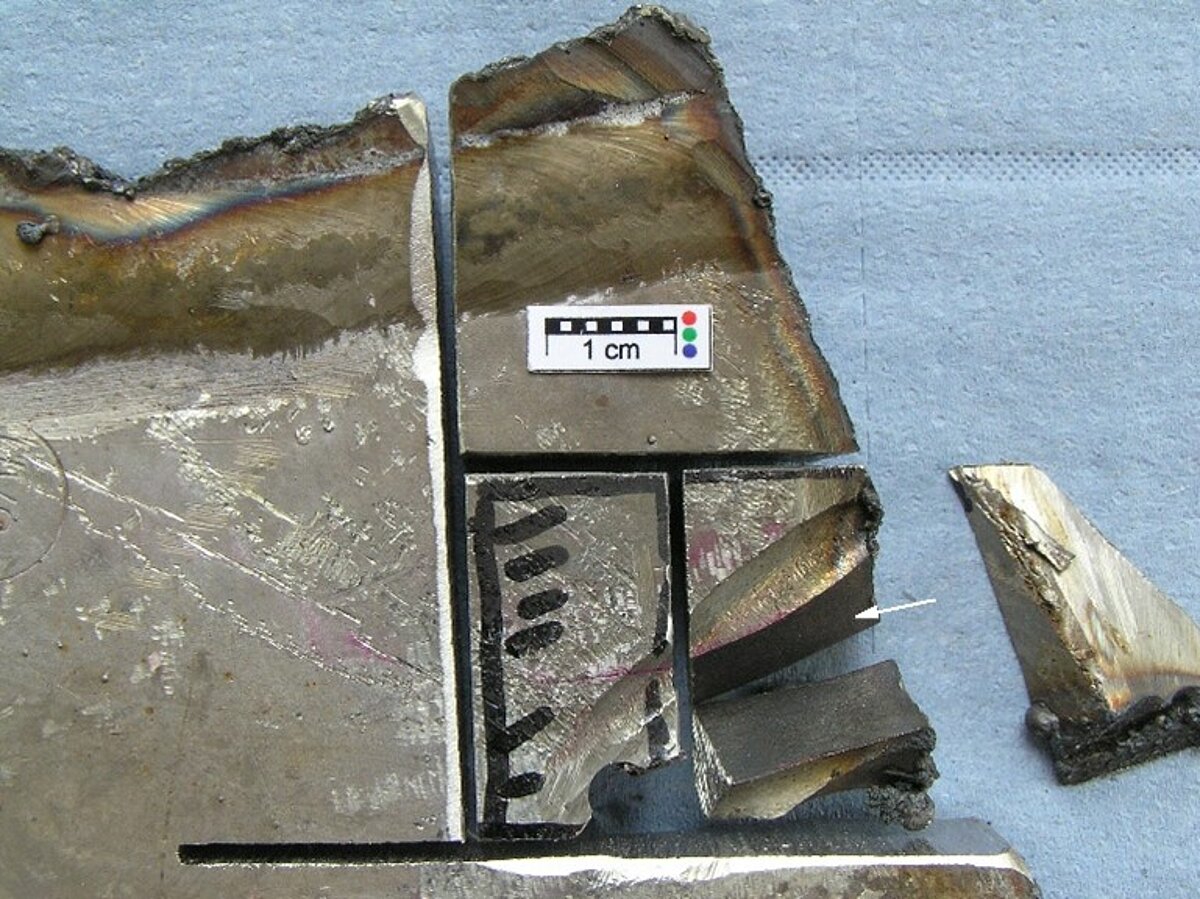Damage analysis with the help of simulation calculations

A tube bundle dryer shows cracks at the head end after only two years of operation. The plant is part of a production line in South America through which a considerable proportion of the annual world production of a particular plastic passes. Accordingly, a production stoppage of just a few days is associated with costs in the millions.
The quickest solution seems to be repair welding. After half a year, however, cracks appear again. So experts from different fields are consulted, each seeing the problem in their own area; from materials engineering to welding technology to vibrations. As a result, the head piece of the tube bundle dryer is extensively remanufactured. However, due to differing opinions, the customer does not want to rely on this solution and engages Merkle & Partner to further investigate the cause.
"Saving time means doing the right things in the right order," says Dipl.-Ing. (TU) Stefan Merkle, Managing Director of Merkle & Partner GbR. In the case of the tube bundle dryer, numerous causes of damage come into question. In order to obtain and evaluate solid results via an engineering simulation calculation, the simulation model must be kept simple and comprehensible. "We don't examine the already optimized model, but analyze the damage case and go from simple physics for simple models to complex physics for complex models, if necessary," says Stefan Merkle.
In the case of the tube bundle dryer, for example, various causes of damage could be ruled out or confirmed from a simple static FEM investigation with unit load cases and determination of the natural frequency. Operating and design errors are always included as possibilities in the calculations. Using Hlifsmitteln such as TRIZ (theory of inventive problem solving), cause-effect analyses or functional analyses, Merkle & Partner further narrows down questions. If the cause of the damage is then clearly known, repair measures can be derived and the experience can be used for new designs.
Thus, even the newly designed head piece of the tube bundle dryer would not have been able to avoid the defect in the future. This is because, according to the calculations and analyses of Merkle & Partner, only an impermissible load case could be the reason for the cracks. On this basis, it was determined that the dryer had been left running completely filled with water for several days during cleaning. The 40 tons of circulating bending had not been taken into account in any consideration. In this case, the approach using simulation calculations was not able to find any design faults, but it did provide data to prevent further operating errors and future production losses in the millions.


